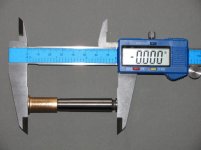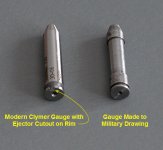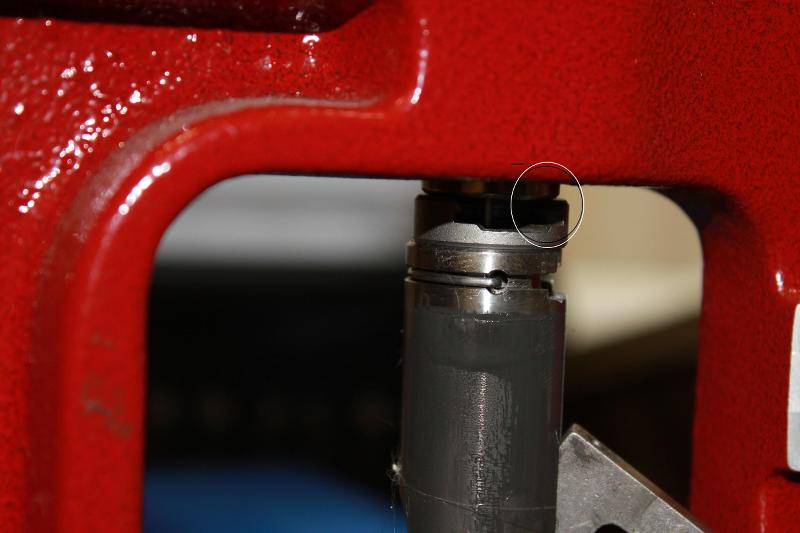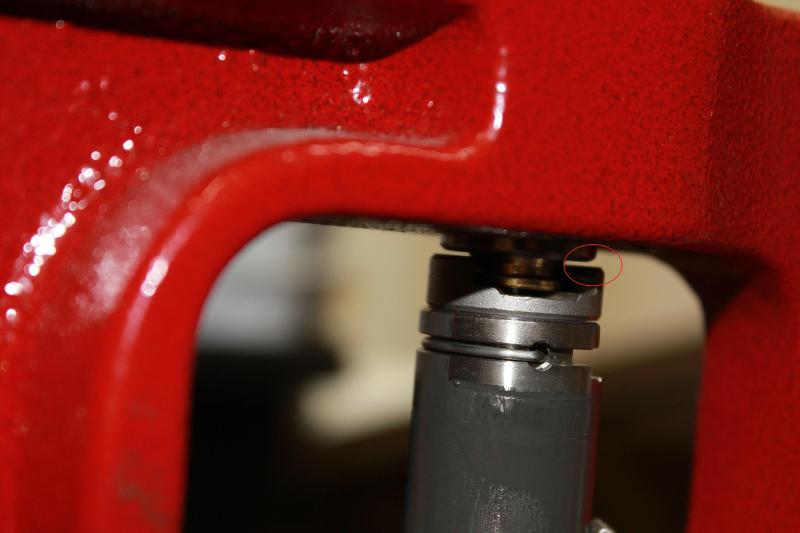Don Fischer
New member
WOW! I'm getting confused here! As I understood it the guy has three different overall length's. If that the case then what he need's is a trimmer, not moving the shoulder any where. Once the case's are all trimmed below max length, then they have to fit the chamber of the rifle they will be used in or, FL sized every time. FL every time is a good way to go but, you have to understand each chamber is a bit different and you might in fact be sizing more than is needed. To get the case to fit your chamber require's setting it up to do just that. Pretty simple but take's several loading's to get it done. Screw the FL die down to the shell holder then back it out till you can see about an 1'8th inch between them. Re-size the case right there. All that will be sized is the neck of the case and it will work in your rifle. Keep doing that till the sized case will no longer chamber in the rifle you've been shooting it in. At that point start screwing the die in maybe 1/2 turn at a time. Each time take that case out and put it in the chamber of your rifle and try to close the bolt on it, don't force it! Keep doing that, a bit at a time till the bolt chose's easily on the case in the chamber. Lock the die in right there and dedicate that die to that rifle. Be sure it lock's right there. Now what you've done is what a lot of guy's call bumping the shoulder. In fact you have FL sized the case to fit the chamber you are shooting it in. You cannot Bump the shoulder of a case without getting the sides also! Can't be done. What you will have is a case that fit's the chamber of that rifle, might not go into another and maybe it will but the only one it fits right will be that one rifle.
On this overall length thing. measuring with a comparator will not give you overall length, measuring with a with caliper's will. It's a measurement from the back of the case to the end of the neck. If it get's to long, you risk jamming the case into the lands and that doesn't let the bullet go until pressure is well beyond what you want. The OLL is printed for every cartridge in the Hornady manual and I'd assume in the other's too, Hornady is my most used manual. It'll tell you a max length and a trim to length. As long as your under max length your good. But, don't bother measuring the case until after you have resized it. When you re-size it, the expanding button going through the neck of the case will stretch the case more than firing.
On this overall length thing. measuring with a comparator will not give you overall length, measuring with a with caliper's will. It's a measurement from the back of the case to the end of the neck. If it get's to long, you risk jamming the case into the lands and that doesn't let the bullet go until pressure is well beyond what you want. The OLL is printed for every cartridge in the Hornady manual and I'd assume in the other's too, Hornady is my most used manual. It'll tell you a max length and a trim to length. As long as your under max length your good. But, don't bother measuring the case until after you have resized it. When you re-size it, the expanding button going through the neck of the case will stretch the case more than firing.




